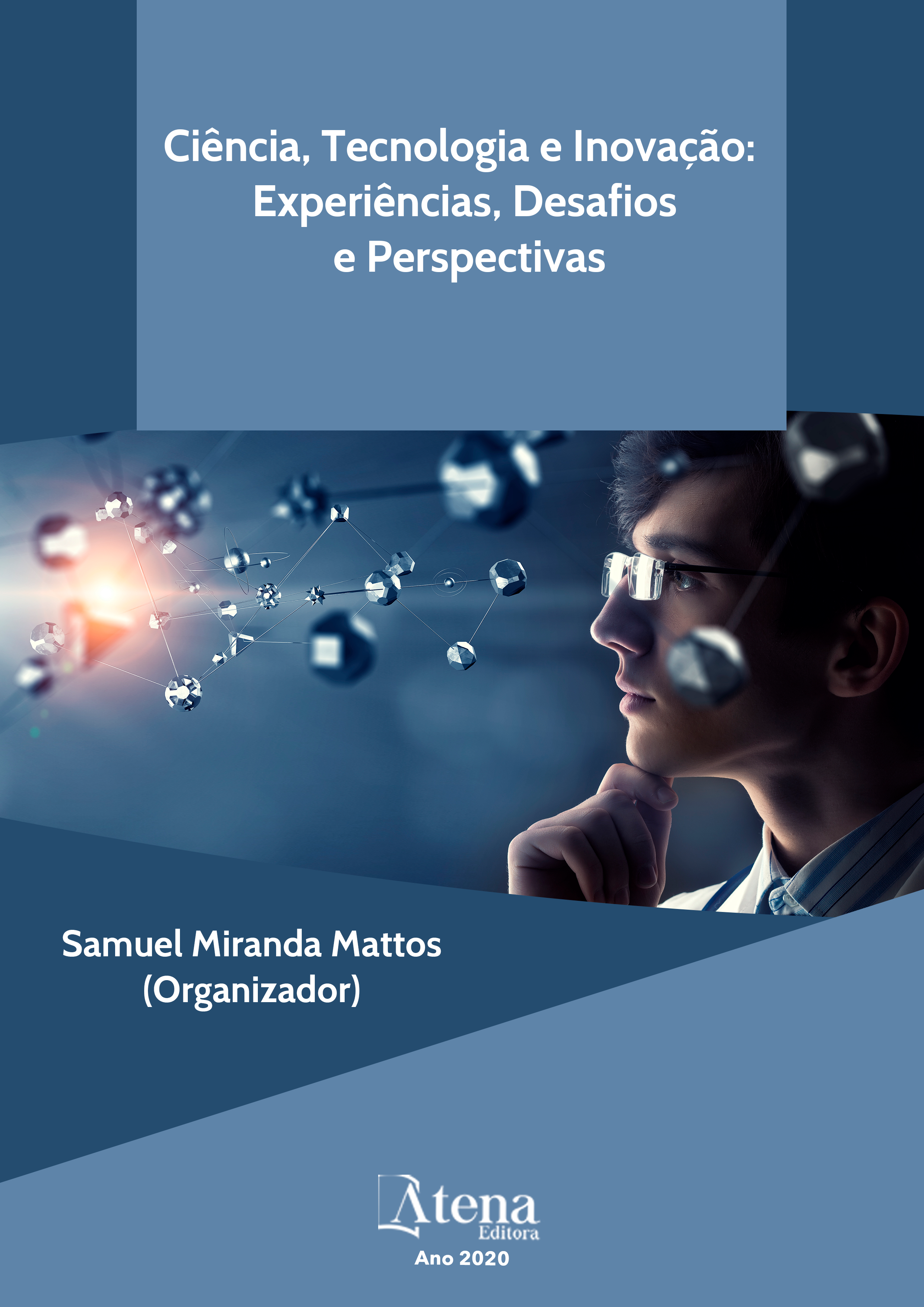
UM CORPO QUE DÓI: REPRESENTAÇÕES BARROCAS E PERFORMANCES CONTEMPORÂNEAS: OLHARES SOBRE A ARTE, NAS FRONTEIRAS COM A CIÊNCIA
Este texto tem por objetivo principal investigar de que modo as relações entre a ciência e a arte possibilitam tensionar formas de interpelação do mundo. À luz do referencial deleuzeano, busca-se compreender como essas relações podem impactar processos formativos em iniciação científica no Ensino Médio, ressignificando a História Cultural da Ciência como espaço potente e privilegiado para essa empreitada. A análise da imagem de Nossa Senhora das Dores, tal como representada por Aleijadinho (1730-1814) – em diálogo com outras representações iconográficas dessa santa traz reflexões sobre de que modo as representações de corpos em sofrimento e/ou de corpos inertes, expostos ao olhar do outro, são capazes de provocar a perplexidade, a inquietação, a curiosidade e a criação humanas, tão inerentes ao faze científico e estético.
UM CORPO QUE DÓI: REPRESENTAÇÕES BARROCAS E PERFORMANCES CONTEMPORÂNEAS: OLHARES SOBRE A ARTE, NAS FRONTEIRAS COM A CIÊNCIA
-
DOI: 10.22533/at.ed.6742027056
-
Palavras-chave: (1) Ciência; (2) Arte; (3) História da Ciência; (4) Deleuze; (5) Educação.
-
Keywords: (1) Science; (2) Art; (3) History of Science; (4) Deleuze; (5) Education.
-
Abstract:
The main objective of this text is to investigate how the relationship between science and art makes it possible to tension forms of interpellation in the world. In the light of the Deleuzean framework, we seek to understand how these relationships can impact training processes in scientific initiation in high school, re-signifying the Cultural History of Science as a powerful and privileged space for this endeavor. The analysis of the image of Nossa Senhora das Dores, as represented by Aleijadinho (1730-1814) - in dialogue with other iconographic representations of this saint brings reflections on how the representations of bodies in suffering and / or inert bodies, exposed to the looking at each other, they are capable of provoking perplexity, uneasiness, curiosity and human creation, so inherent in the scientific and aesthetic scene.
-
Número de páginas: 16
- ANA LUCIA DE ALMEIDA SOUTTO MAYOR


